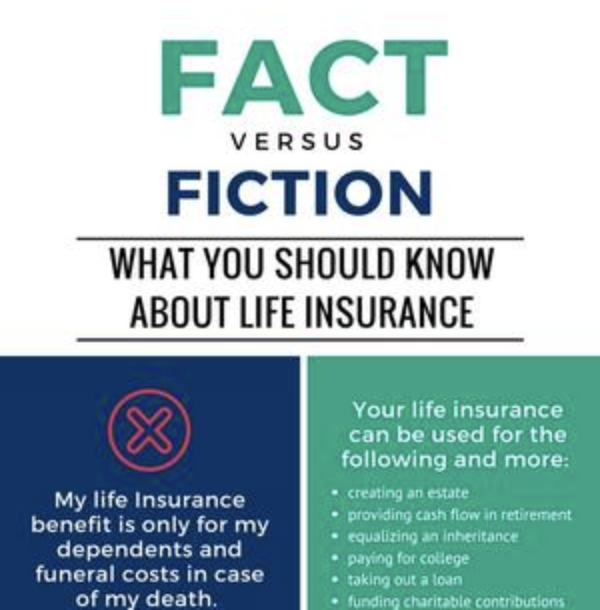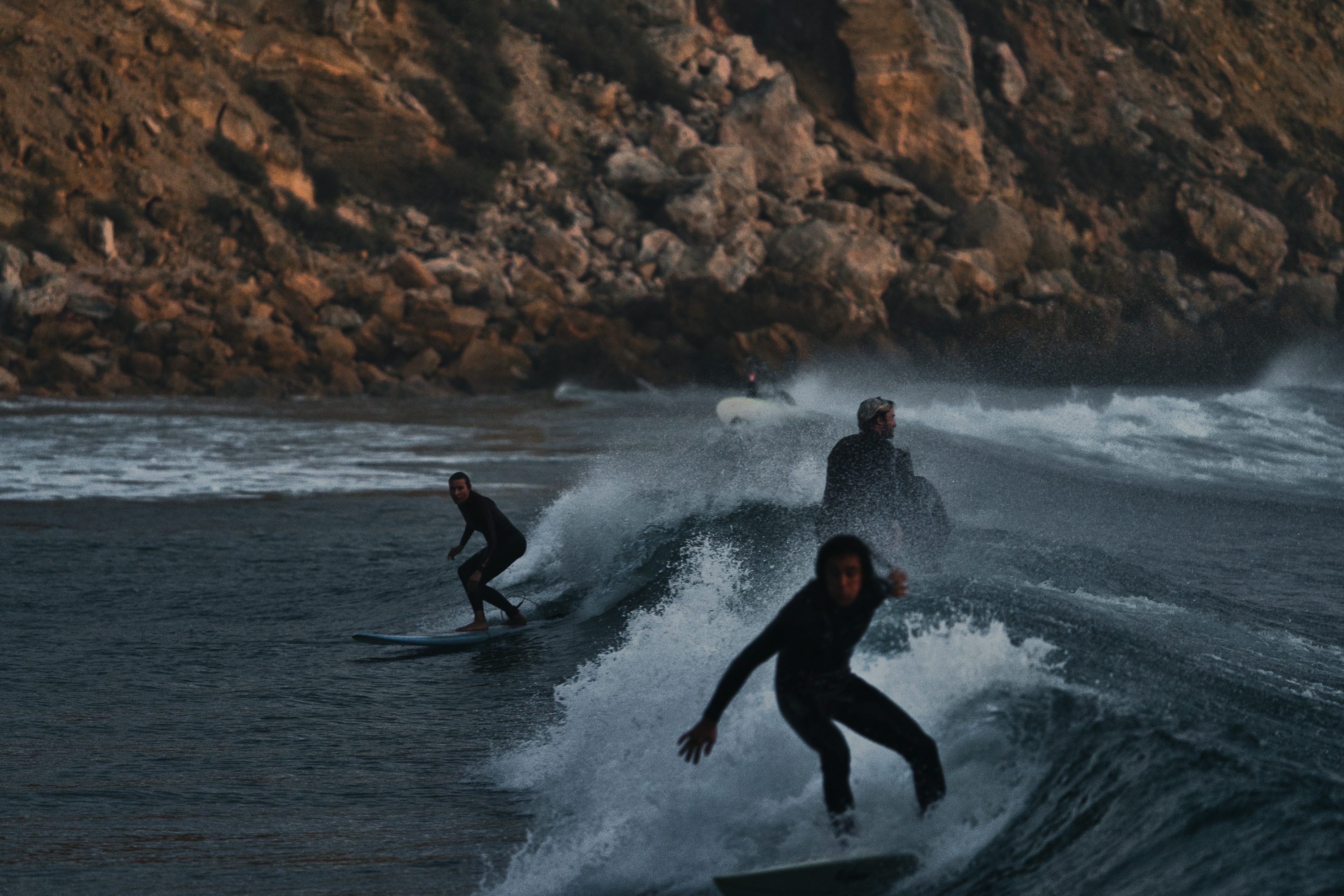
2025: The Growing Risk Landscape for Content Creators
2025 has seen content creation evolve from a side hustle to a mainstream career, with over 15 million professional creators in Europe and America monetizing platforms like YouTube, Instagram, and Substack. Yet, this growth has brought heightened legal risks that many creators overlook. A 2025 report by the European Content Creators Association found that 22% of creators faced at least one legal claim in the past year—up from 14% in 2022—with the average claim costing nine thousand euros in Europe and twelve thousand dollars in the U.S. Common triggers include defamation (e.g., a negative product review deemed untrue), copyright infringement (unauthorized use of music, images, or clips), and breach of contract (failing to meet brand partnership deliverables). Even accidental missteps—like a travel blogger incorrectly stating a hotel’s safety record—can lead to costly lawsuits. Standard general liability insurance rarely covers these “professional errors,” leaving creators vulnerable to losing savings or even their careers. Content Creator Professional Indemnity has emerged as a critical safeguard, tailored to the unique risks of digital content work.

Core Coverage of 2025 Professional Indemnity Policies
Modern Content Creator Professional Indemnity insurance addresses the specific legal threats of digital work, with three key layers of protection. First, it covers legal defense costs, which often exceed settlement amounts—insurers pay for lawyers, court fees, and expert witnesses, even if the claim is unfounded. For example, a beauty creator facing a copyright claim over a 10-second music clip might have three thousand euros in legal fees covered, preventing them from dipping into personal funds. Second, policies cover settlement or judgment payments if the creator is found liable. A food blogger sued for defamation by a restaurant could have a five thousand euro settlement covered, while a tech reviewer facing a breach-of-contract claim from a brand might have eight thousand dollars in damages paid. Third, 2025 policies increasingly include AI-related coverage—a response to the rise of AI-generated content. If a creator uses AI to generate a script that infringes on a writer’s copyright, or if AI-generated product claims are deemed misleading, the policy extends protection, filling a gap in older plans. Many insurers also offer crisis management support, helping creators navigate public relations fallout from a claim (e.g., issuing a statement to protect their brand reputation).
2025 Market Trends: Policy Flexibility for Diverse Creators
Insurers have adapted to 2025’s diverse creator ecosystem by offering flexible, niche-specific policies. For micro-creators (10,000–50,000 followers), “pay-as-you-go” plans are common—monthly premiums as low as twenty-five euros in Europe or thirty dollars in the U.S., with lower coverage limits (fifteen thousand euros to twenty thousand dollars) that match their smaller revenue streams. For mid-tier to top creators (100,000+ followers) with brand deals and higher earnings, annual policies with coverage limits up to two hundred thousand euros or three hundred thousand dollars are available, often including add-ons like influencer contract review (insurers check partnership agreements for legal risks). Another 2025 trend is platform-specific coverage: policies for TikTok or Reels creators emphasize short-form content risks (e.g., music licensing), while podcast creators get extra protection for guest statements that could lead to defamation claims. The U.S. Digital Media Alliance reports that 68% of creators who work with major brands now require professional indemnity insurance as a condition of partnership—driving further adoption of these policies.

Key Factors to Choose the Right Policy
Creators should prioritize three criteria when selecting a policy. First, coverage breadth: Ensure the policy explicitly includes the content types they produce (e.g., video, written, AI-generated) and risks they face (e.g., copyright, defamation). Avoid policies that exclude “intentional misconduct,” but confirm they cover accidental errors. Second, coverage limits: Align limits with revenue and partnership value— a creator earning fifty thousand euros annually should opt for at least fifty thousand euros in coverage, while one with six-figure brand deals needs higher limits. Third, insurer expertise: Choose providers with experience in digital content, as they understand industry nuances (e.g., how platform algorithms or copyright laws apply to short clips). Reading exclusions is critical too—some policies don’t cover claims from content posted before the policy start date, so creators should backdate coverage if possible.
For 2025’s content creators, Professional Indemnity insurance is no longer optional—it’s a foundational tool for sustainable success. As the line between personal and professional content blurs, and brands and audiences hold creators to higher legal standards, this policy protects not just finances, but also the trust and reputation that drive a creator’s career. It turns legal uncertainty into confidence, letting creators focus on what they do best: making engaging, authentic content.




